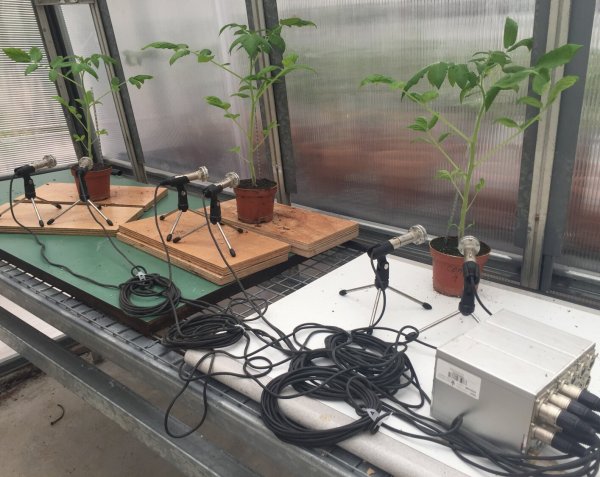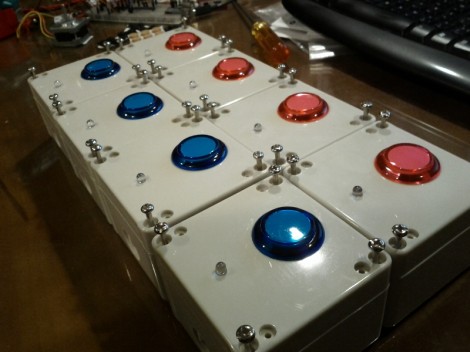A recent paper published by researchers at the university of Tel Aviv in Cell on the sounds they captured from ‘stressed’ plants had parts of the internet abuzz with what this meant, with some suggesting that this was an early April Fools prank. The fun part here is the news item is not that plants make noise, but rather that this was the first time (apparently) that the noise made by plants was captured by microphones placed at some distance from a variety of plants.
This research is based on previous studies dating back decades, such as Tyree and Sperry who reported (PDF) in 1989 on the vulnerability of the plant xylem (water transporting tissue) to cavitation and embolism. Since the xylem’s function is to carry water and dissolved nutrients to the upper parts of the plant, having air bubbles form would be a negative thing for the plant’s survival. When and how cavitation occurs in the xylem is relevant as it directly impacts how well plants grow. Continue reading “The Sounds Emitted By Plants Are Real But They Are Still Not Talking”













